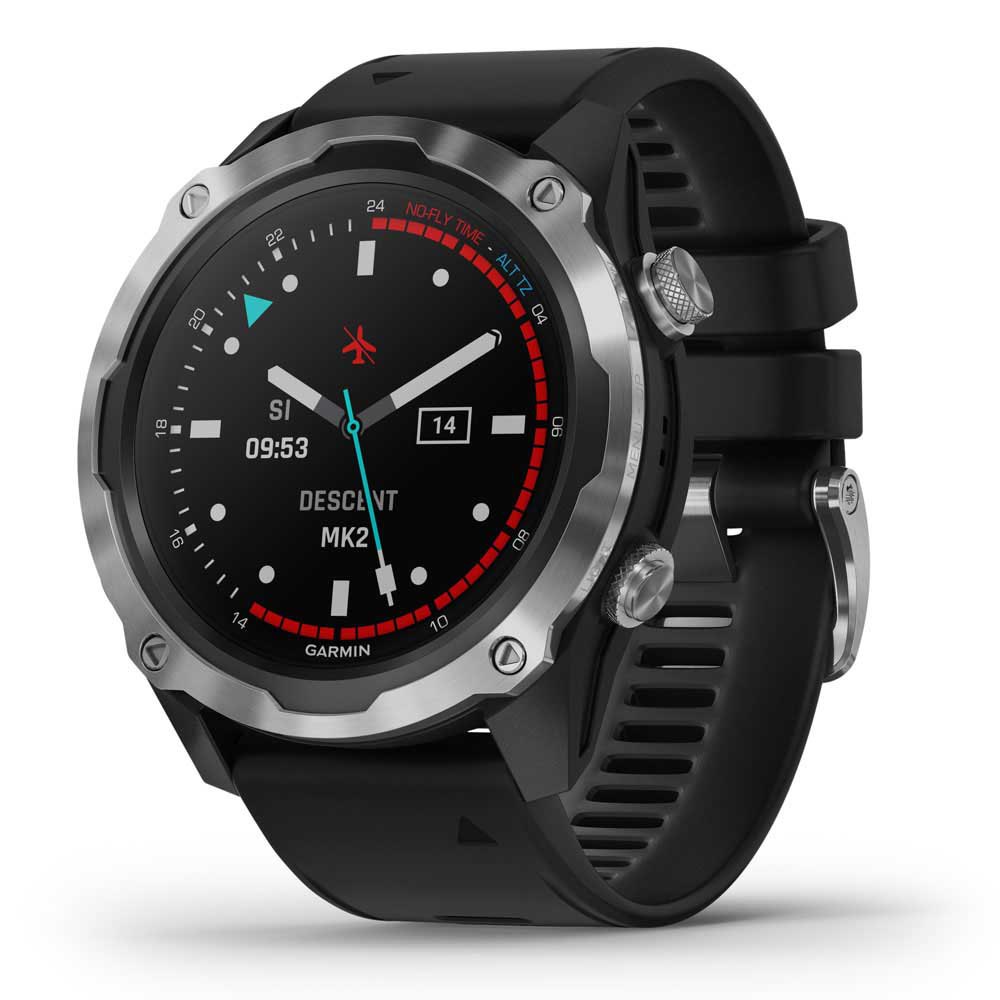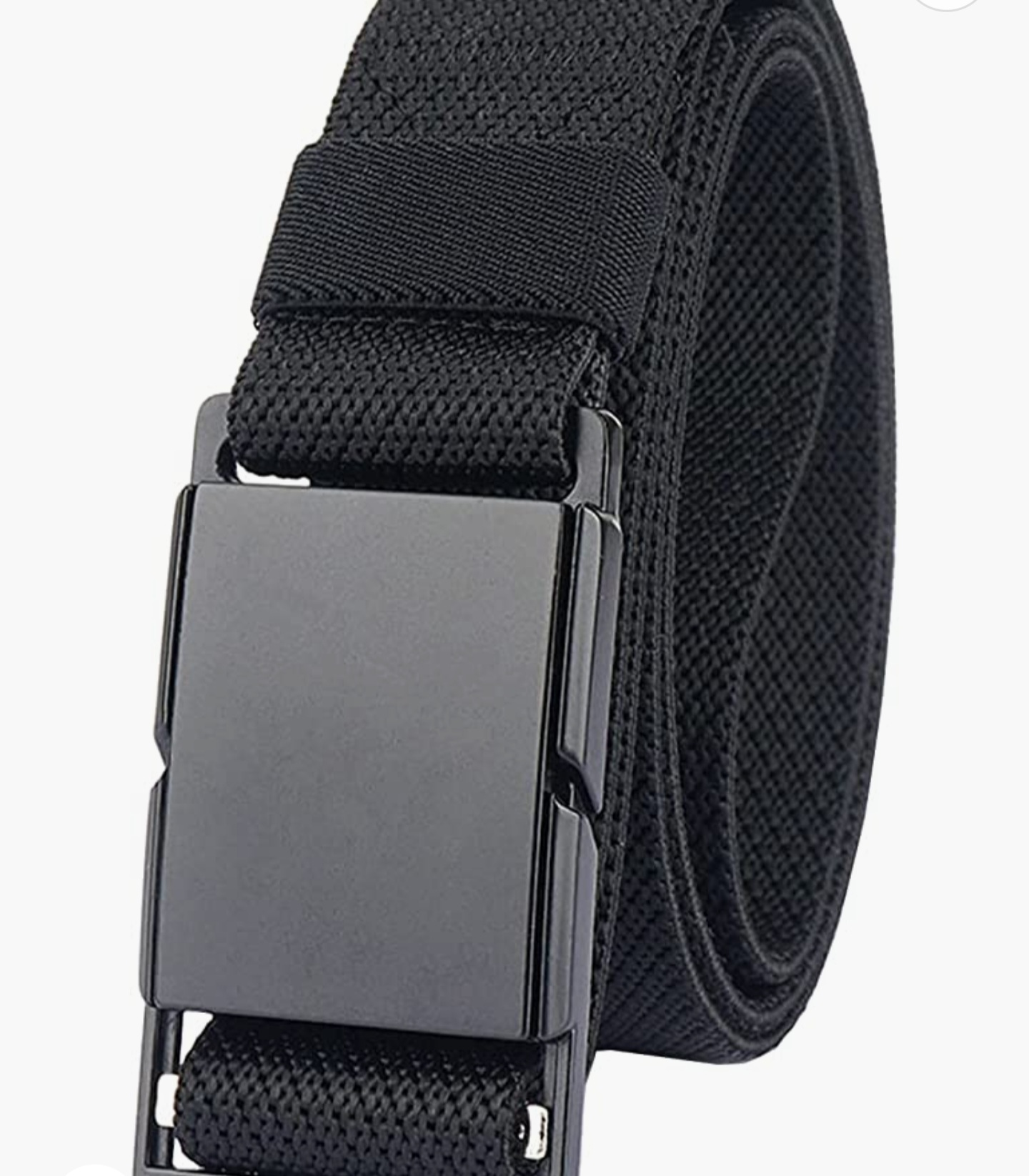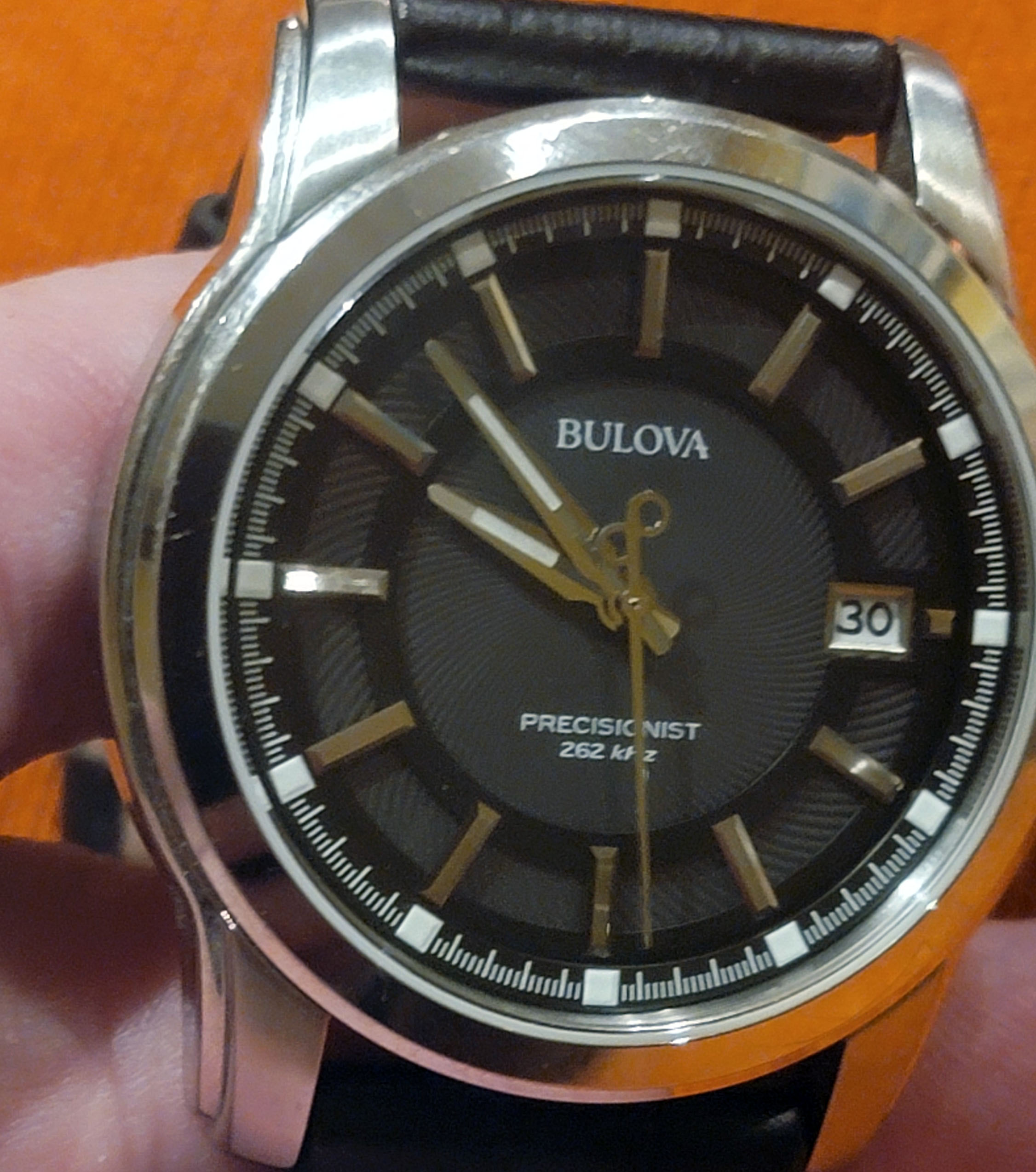
We took the brand new Garmin Descent Mk2i with us on our dive. This fantastic dive computer offers a simple user experience to monitor and use before, during, and after the scuba dive. The incredible multisport functionality is astounding in terms of the breadth of information and the number of activities that can be tracked.
Skydiving, kayaking, backcountry skiing, and sailing (with integrated tide charts) are some amazingly diverse sports this device may track.
With the tremendous success of the first version of the Descent Mark One, which appeared to be quite close to striking the ideal balance between a dive computer and a daily wristwatch, expectations were extremely high for the second version. Our initial reservations were put to rest when we discovered that the Mk2i could work as a diving computer and a multisport wristwatch.
The sonar-based communication technology known as the SubWave network on the Mk2i (the I stands for integration) is the “bling” that comes with the Mk2 model. This technology extends the range of the signal and boosts its intensity while it is sent underwater. This ground-breaking technology is designed to work with the T1 transmitter to deliver cutting-edge air integration and ultra-precise air pressure readings for as many as five different gas-mixed tanks (including ni-tri and 100%-ox), remaining dive duration, and consumption rate.
Incredibly, you can read the same data from other scuba divers within a range of 10 meters from each other. While it’s possible that a dive master may be interested in knowing how much time their students have left. At the same time, underwater, this information is often more useful after a dive has been completed.
The Mark 2 is an improvement on its predecessor in terms of diver safety since it features improved decompression and safety stop modifications that better give divers information that is both quick and accurate as they ascend.
Garmin Descent Mk2i
Although it is evident that Garmin has made changes on the Mk2 that appeal more to technical divers than what was supplied by the original Descent, this is still clearly a dive computer intended for leisure divers in most cases. It has a range of 100 meters, which allows technical divers utilizing different gas mixes to monitor all of them; however, a teacher may find it more beneficial to have real-time data of four other pupils and their data simultaneously. Naturally, this will call for the Mk2i and the purchase of additional T1 transmitters, which will be available for purchase sometime in the lead-up to the New Year.

Specifications & Features
- A dive computer with a watch-like display is 36% bigger than its predecessor and features a 1.4-inch colour display that can be viewed in sunlight.
- Six different dive modes, in addition to multi-GNSS compatibility and ABC sensors, which also include an underwater compass, allow you to have a complete awareness of every aspect of your dive, from the entry to the exit (GPS tracking does not work underwater)
- Improved wrist-based readings of pulse rate and oxygen saturation (Pulse Ox)
- Provides the ability to save and evaluate dive data from up to 200 dives directly on the wristband, as well as the ability to share and review dives using the Garmin Dive app on a compatible smartphone that has been associated with the watch.
- The durability of the battery: up to 80 hours while in diving mode, up to 16 days when in smartwatch mode, and up to 15 hours when in GPS mode with music.
The only other distinction between the Mk2i and the Mk is that the Mk2i has a titanium bezel and backplate, whilst the Mk has stainless steel. This is in addition to the air integration function using SubWave technology, exclusive to the Mk2i.
Apnea diving and closed-circuit rebreather modes are also accessible on the Mark 2, even superior 1.4-inch display, just like they were on the Mark 1. Finding dive places with entrance and departure points is a valuable feature of the Garmin Dive app. Other handy features include preloaded dive data for wrecks, corals, and tide data. Search for a new location using the app, then mark it, and your Mk2 will direct you there.
The Garmin suite of apps (Garmin Dive, Garmin Golf, Garmin Connect, Garmin Explore, and Garmin IQ) illustrate its uses as a multisport GPS watch which they’ve been creating with a lot of success over the years. It also functions as a dive computer and smartwatch (check out the Fenix series).
The addition of color maps for more than 42,000 golf courses worldwide is stunning and appeals to a portion of the leisure market, while runners, hikers, and climbers will welcome the altimeter, just as they did with the Mk1 model.
The ability to store and listen to music is something new on the Mark 2, plus having all of the smartwatch capabilities like an NFC pay system (Garmin Pay), a pulse oximeter to detect blood oxygen levels, and telephone alerts (call, SMS, and calendar) makes this a genuinely fascinating cross-over product.
The display is now one-third larger than in the Mk1, allowing it to show all these actions simultaneously. Despite this, the new Descent does not feel cumbersome while worn. On the opposite, in fact.
With an impressively long battery life (16 days – in smartwatch mode, 80 hours – in dive mode or 32 – while paired with the T1), Assuming that the SubWave ecosystem lives up to the expectations, the Mark 2 appears to have created a wristwatch that is unlike anything else available on the market, except its predecessor.
You may go on an expedition with it while the GPS is active for up to 35 days; go jogging with music playing for 15 hours (for example, if you’re an ultra runner); or go diving for a whole weekend without ever having to take it off to recharge it.
Let’s review Garmin’s most recent splash by looking at their first product designed just for scuba diving, the Descent Mark 1.

Where the Mk1 Shined
The Descent took the concept of a wrist-worn diving computer and successfully bridged the gap to something that was also a wristwatch with daily uses like tracking one’s health. Compared to the often cumbersome architecture of a dive computer, the touchscreen user interface of the watch is considerably more comparable to that of a smartwatch. Impressive battery life, as well as all of the other functions that one would anticipate seeing in a fitness-based wristwatch
Despite its other capabilities, the Descent’s primary purpose is to serve as a dive computer. The Mk1 is one of the competitors in the market for dive computers that offers one of the widest ranges of capabilities. These features include an integrated plan mode, changeable salinity settings, automated altitude adjustment, and compatibility with up to six different gasses in a single tank.
Even though it was a dependable computer, the Mk1’s most impressive feature was its capacity for navigation. The Descent performs to the level of excellence that Garmin has worked so diligently to achieve both below and on the surface. Given their history as an industry pioneer in wearable GPS, this should not come as a surprise at all.
Pgatoto that it was Garmin’s first try at developing a dive computer, the Descent Mk1 was a moderately successful product, which is quite an accomplishment. Nonetheless, some people were critical of it. Several rumors are circulating that Garmin seriously considered the comments from experienced divers, which are now superbly portrayed in the newly launched Mk2 and Mk2i models.






